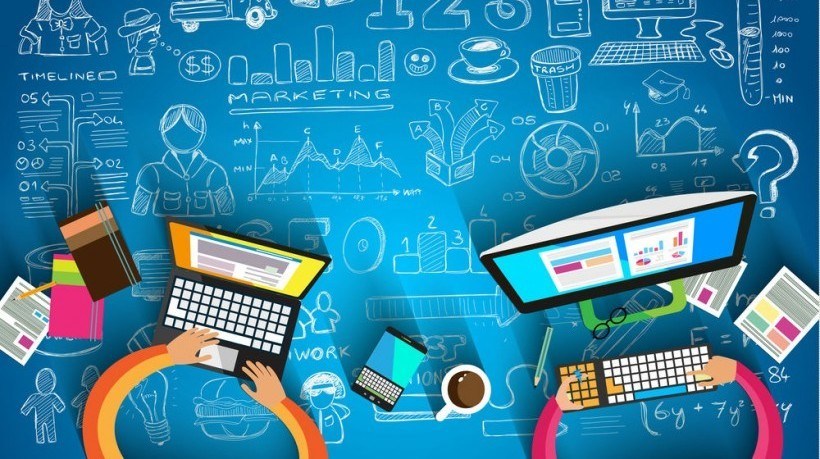Using Trello To Manage eLearning Projects
Trello is, as mentioned in their website, the easy, free, flexible, and visual way to manage your projects and organize anything, trusted by millions of people from all over the world. It's my third year anniversary in a relationship with Trello and I am loving it. I will share with you you how I organize my Trello boards to optimize team performance and meet deadlines and client expectations. If you have never heard of Trello before, I encourage you to learn about it from their website before reading further in this article. This article will give you insights only if you are familiar with Trello and how it works. That being said, let's jump right in. Here is how I use Trello to manage eLearning projects:
For each project I create 2 boards, only one of them accessible by the client. Both boards are clearly labeled by client name and project name, so for example I will create the the following 2 boards as soon as I start a fresh project:
- ‘Client name’ - ‘Project name’ - Team
- ‘Client name’ - ‘Project name’ - Client
I make sure to give a different background color to each board; this visual appearance is important so that the team can clearly identify the client board. In the team board I will add the following lists; you can name them whatever you want, but i use these names to indicate what they should contain:

Backlog To-Dos List
In this list I will add a card for each task and assign it to a team member or a group of members.
In Progress List
Each team member will see his assigned task in the backlog and drag it to the in progress list and start working on it. All communications and progress is stored in the card itself and will give me a full and detailed progress report by opening the card and checking the checklist progress and reading the latest comments.
For Final Review List
When a team member completes the task assigned to him in one card, he will drag it to “For Final Review” List. at this stage the task is completed and tested and approved by the QA team. Once it is in this list I will just check it once more and move it to “For Client” list or to “let's get rid of this” list”.
For Client List
This list will have all completed and approved tasks that should go to the client board, the team member responsible for client interactions - usually me - will move the cards out of this list and into the client board “Deliverables” list. I will talk about the deliverables list later in this article.
Let Get Rid Of This List
Some tasks do not need to go to the client board, for example a task to the development team titled “create github repository” will be of no use to the client, so once it is completed, the card is moved to its final resting place under “Let's Get Rid of This” list :D. The feeling that we get when we drag a card to this list is the same feeling that a person gets when they slash something off their to do list or harshly move their pens over a stubborn notebook to do list task. A deep sense of satisfaction.
Moving on to the client board. I like to divide the lists into 2 groups; one group for all my deliverables to the client and another group for the things that i need the client to do as follows:

The deliverables list group contains 3 lists:
Deliverables List
This list will contain all the cards moved from the team board “For Client” list with all its history. The client is usually happy when they see - with complete transparency - what was going on before they receive this completed task, and they are usually impressed with the amount of work and the details contained in each card.
Approved List
The client will then check the deliverables and comment in the card, and once they are satisfied they will drag the card to the “Approved” list. Trello stamps a date on this drag and all other board activities and records everything in the activity log, so if the time comes when you have to play the pointing fingers game, your claim that “it took you 3 weeks to approve a single deliverable” can be made easily.
Delivered Packages List
The approved deliverable could be a developed lesson or even a storyboard of a unit of an interactive course, this is completely up to you, and will depend on how you want to divide and manage your project deliverables. Once we have enough deliverables approved to make a working package - web, SCORM, xApi, and so on - I create a new card containing the final package and add it directly in the client board under the “Delivered Packages” list.
The To-Do list group contains only 2 lists as follows:
General To-Do List
I will add here anything that I want the client to prepare or arrange. For example arrange meeting with SME, translate educational content, arrange access to LMS and so on.
Done List
When the client completes the required task i will move it to “Done” list. And if it is a meeting the card will contain the meeting results along with the action plan with appropriate deadlines.
Final Word
In another article I will elaborate more on how to divide large eLearning projects to small manageable tasks that will assure client satisfaction.
I hope the information here can help you manage your educational endeavors, and if you have any questions please contact me.








